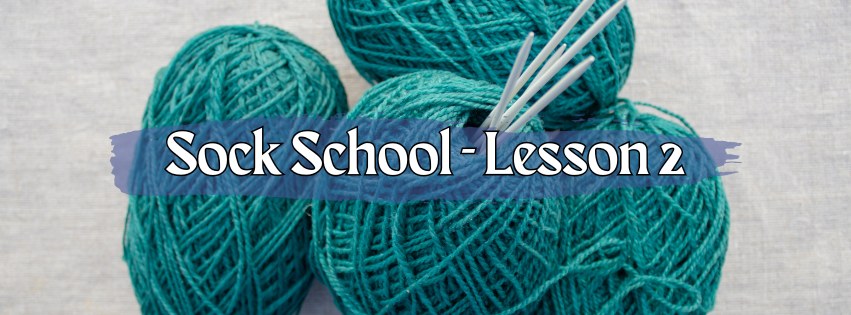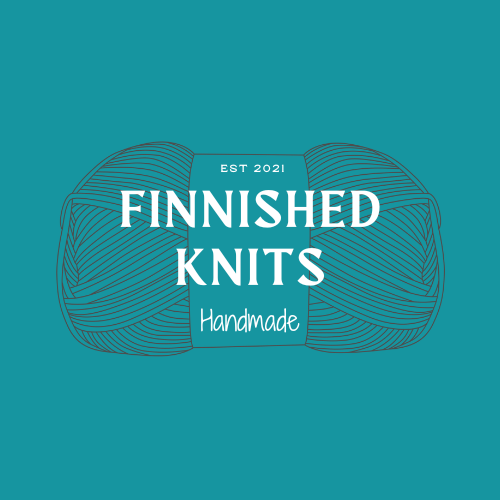
Sock School: Lesson 2 - Casting On
Share
Now we get to knit!
You have the right yarn. If you read all the way to the end of lesson one, you've picked out needles (if not, click that link and go back).
Cast On
As I mentioned in Lesson 1, the practice projects in Sock School will be a smaller size. This is so that (a) you can complete them faster, and (b) so we can make two pairs from one skein of yarn.
With that in mind, we're going to cast on 40+1 stitches. For cuffs, like those in socks or sleeves, you'll want your cast on edge to be stretchy. It needs to be able to go over your heel, but not be floppy on your leg.
My preferred cast on for socks (and almost everything else) is the German Twisted Cast on.
If you prefer my style on TikTok, I have a video for German Twisted Cast On there, too.
Joining In The Round
You should now have 41 stitches in a long line on one needle. And we need to make something that's a round tube. To do that, we have to join in the round.
First, the stitches need to be distributed onto multiple needles: Four double-pointed-needles (10 per needle), two FlexiFlips (20 per needle), or circular needles using Magic Loop (20 at each tip with the excess pulled out of the way).
With adult-sized socks nine-inch circular needles would be small enough to allow for joining in the round on those, but with just 41 stitches, even in Aran-weight yarn, this project isn't quite big enough for that.
Be careful not to twist the the line of stitches as you bring the ends together. A möbius strip looks cool, but isn't functional for socks. Clipping removable stitch markers to the bottom of the row can help keep track of up and down.
But wait! We have 41 stitches, the math isn't mathing!
This is where one of my favorite tips comes into play: The Anchor Stitch.
The last stitch to have been cast on has the ability to stretch out, and this can lead to a gap at the join. On the other end, the first loop (the slip knot) doesn't have any slack, and this is the perfect solution. When you bring the two ends of the line of stitches together, slip the first loop over the last one. This anchors the join in place, and you have 40 stitches left.
Voila!
We have a small circle of stitches!
In the next lesson, we'll walk through our first sock pattern. If you want to get a head start, you can work a k1, p1 ribbing for 10 rows.
Don't worry if you mess up!
The beauty of knitting (and crochet) is that you can always rip out your work, and start over again with the same yarn.
And remember to give yourself permission to suck!
You don't have to be perfect right away. It's a skill you have to practice.
When you're ready, click here for Lesson 3.



